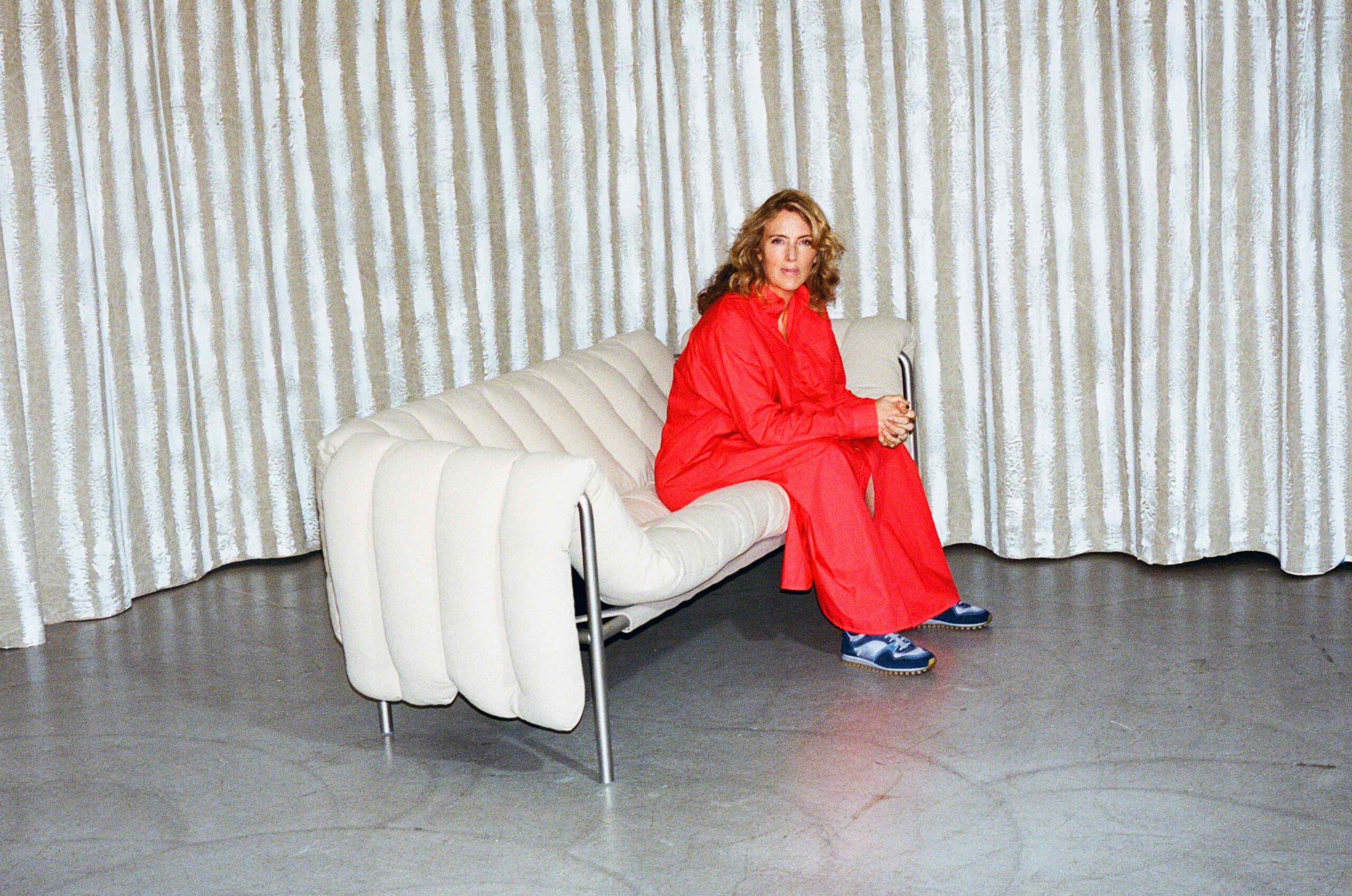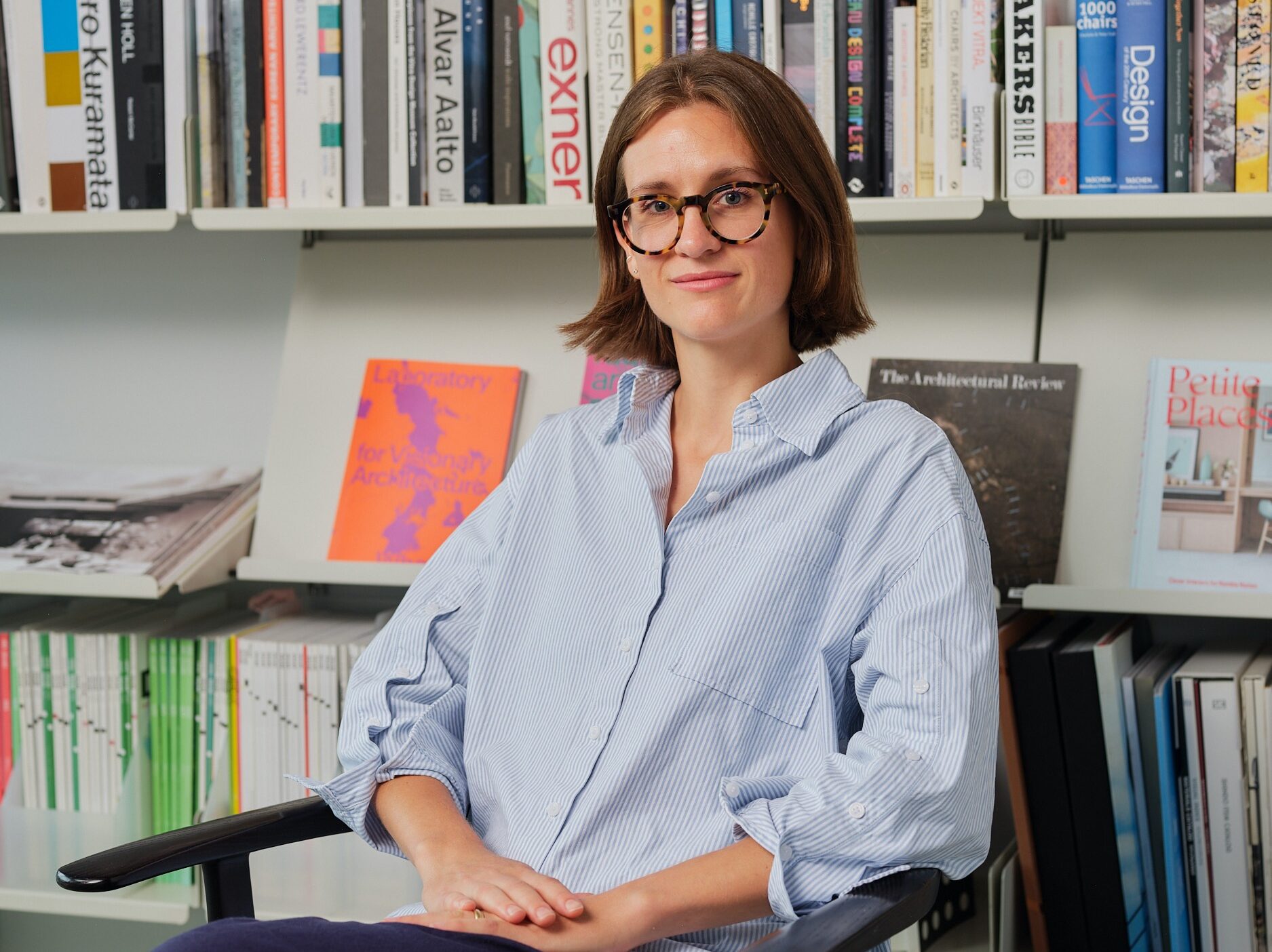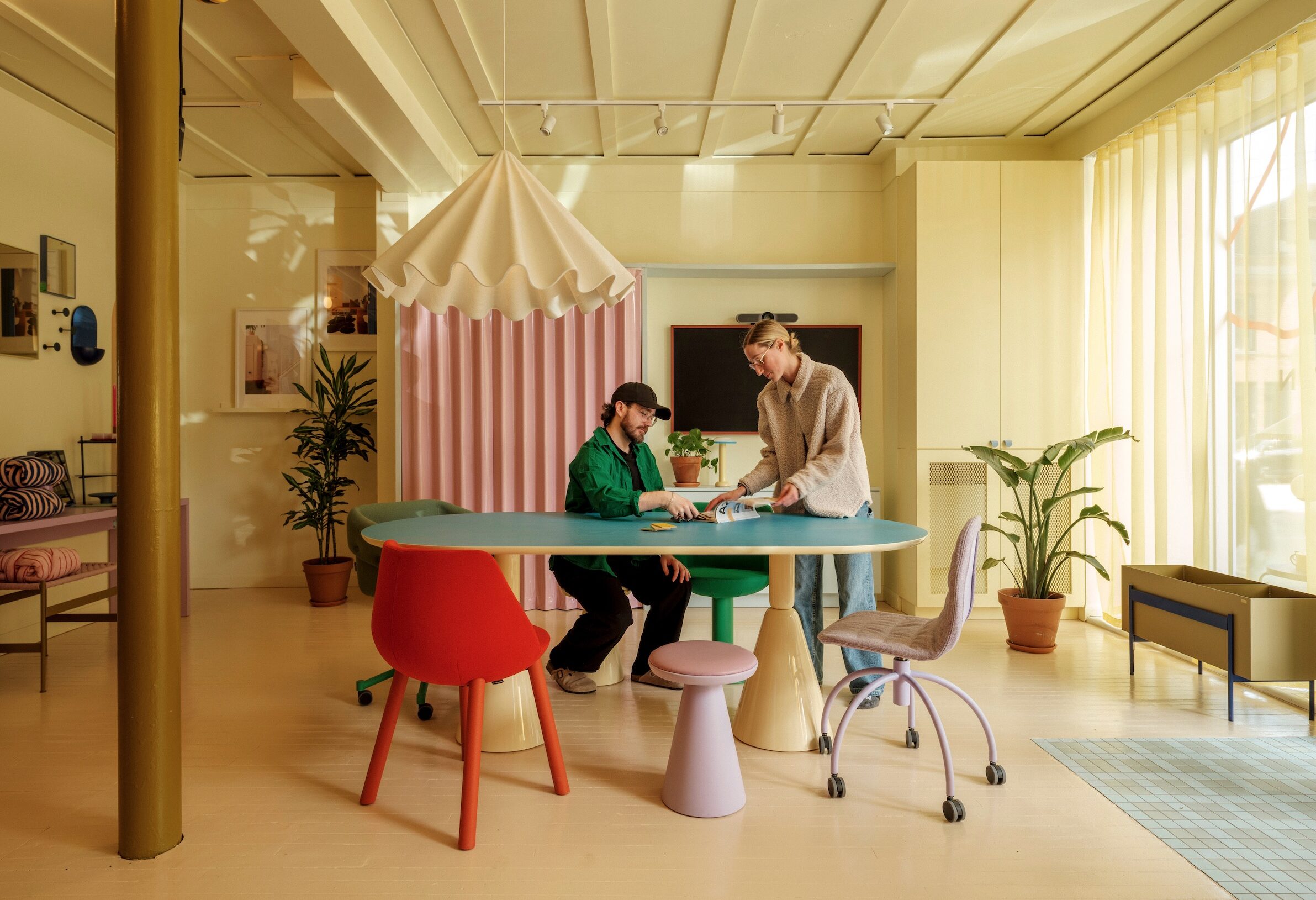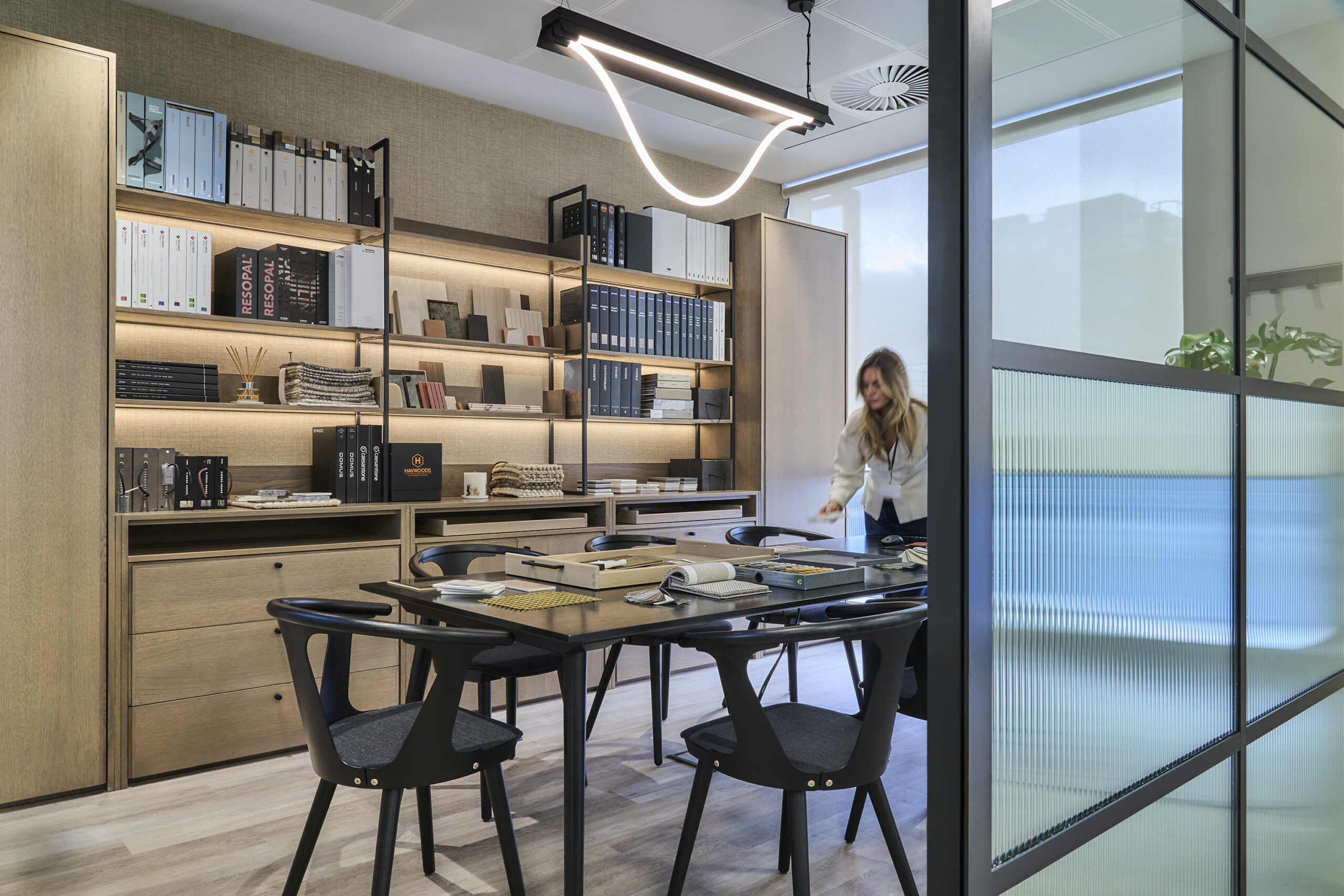
 Words by Michael Willoughby
Words by Michael Willoughby
Michael Willoughby asks why so many companies still spend so little on their employees
Another year’s BCO (British Council of Offices) Awards have come and gone, and past and present winners are clear about what makes a great space: “A good office space has happy people and natural daylight,” says Linda Morey Smith of the eponymous London practice. Richard Beastall, partner at London-based design practice TP Bennett, says: “It’s not just about great design, but a solution to business aspirations and culture that respects the way people work and want to work.” Sharon Turner, principal workplace consultant at London-based architect Swanke Hayden Connell, adds that choice is important. “Having a variety of spaces means that people have control over how they work.”
And yet the truth is that many offices have about as much in common with these ideals as our lives have with the pages of Grazia magazine. Even when companies move into a new space, most of them plump for uninspired, design-and-build solutions. Why?
Richard Kauntze, chief executive of the BCO, says that some of the old stereotypes about office workspaces are dying hard and admits that only a small percentage of people work in great spaces. “The cliche is that unless people are chained to a desk and dressed right, they won’t be working. The truth is that people can work on a sofa if they feel like it. It’s taken a long time for these ideas to cross over to the accountancy profession, for example.”
Turner points out that the office most of us know and loathe – “carpet and furniture solutions with row upon row
of grey desks” – came from the once-new idea of open-plan offices. “At the bottom of the curve are organisations that take on board aspects of new workplaces, such as open plan, and execute them badly. The ethos and vigour that people put into designing high-quality workplaces is diluted over time and the message is lost.” She adds that the move to open plan has been “absolutely massive”, but warns that it “shows no respect for the employees or how they work”.
So is it a lack of respect that drives companies to give us crap offices? Or is it simply a lack of rigour? Matthew Priestman, of London-based practice Priestman Architects, thinks that it is a lot more complex than that. “Committing to a new culture of working is a hard choice. Changes in workspace are often inseparable from other changes in the corporate culture of the organisation, not least a major increase in size,” he says.
The fact is that few companies willingly go through the hassle and expense of designing a perfect workplace.
“I always ask people what their reasons for doing the project are,” says Beastall. “Is it because you have a lease expiring, is it because you are growing, or is it because you want to do something different?” Most fall into the first two categories, he says.
But why, when a company is moving, don’t they take the time to make things perfect in their new home? Quite often, it seems, there is simply no “homemaker”. Kauntze suggests: “Small-to-medium enterprises (SMEs) often don’t have a property department or any in-house skills. It’s up to architects and designers to do the education.”
But first they have to seek it. Mark Catchlove, who runs design consultancy Herman Miller’s Workplace Education Unit, has been offering seminars for over four years. He says people still come in unaware of the benefits of great office design. “I have to educate them,” he says. “People just accept that what they have always done is correct.” Turner agrees: “The larger companies have got it down to a tee. But there’s a lack of understanding in SMEs about just what workplaces can support. They tend to still treat offices as just ‘somewhere you go to work’.”
Kauntze reminds business owners just what is at stake. Employees make up around 85 per cent of the costs for most businesses. Property makes up most of the remaining 15 per cent. Given that retraining alone costs an average of £13,000, it is clear that creating a great work environment is money well spent. “The big mistake is to see workspace as a cost rather than an investment,” says Kauntze. “Some fail to think about the importance of people to their business.”
Raising money is seldom easy: “If you are a company that’s breaking even or not making a profit, it’s hard to ask the shareholders for £2m,” Turner says. “But,” says Beastall, “good design doesn’t have to cost more money. It’s a question of defining the problem and speaking to the right people.” And the productivity gains are clear. A 2001 study by Brill and BOSTI discovered that workplace design could affect job satisfaction by as much as 24 per cent. And the correlation between employee happiness and productivity has long been known.
So are things getting better? Thanks to the example set by the BCO, many people think so. Several architects were keen to stress the importance of an award given not to great architecture per se, but to great workplaces. “The last ten years has shown a greater understanding of the effect design can have on productivity,” says Turner. “That’s partially thanks to the work the BCO has been doing and the coverage it gets. Office design is no longer just to be found in the pages of a design magazine.”




















